ICSI - Technology that aids in the couple’s dream of having a family a reality
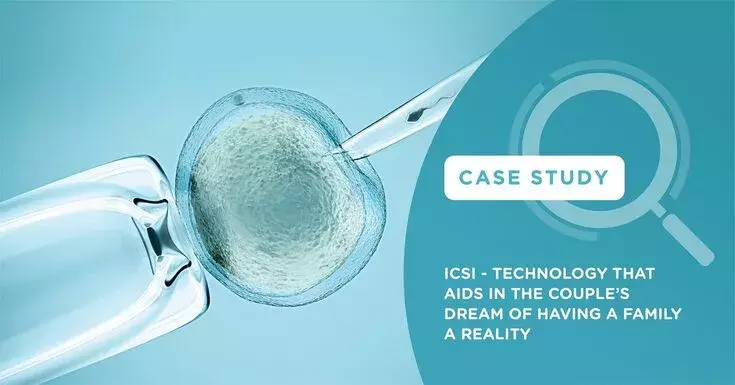
Mrs Kumar was 23 and Mr Kumar was 28, and they were trying to conceive in their 3-year marital life.
History of Mrs Kumar
Ms. Kumar reported that she had a menstrual history that included regular and painful cycles. Ms. Kumar also reported that she has mild dyspareunia (pain with sexual activity that causes a marked distress or an interpersonal conflict). In March 2019, Mrs Kumar underwent D2 hormone panel such follicle stimulating hormone (FSH), luteinizing hormone (LH), estradiol (E2), thyroid stimulating hormone (TSH), and prolactin. FSH, LH and E2 values were 3.23, 1.88 and 44, respectively. TSH and prolactin levels were normal.
Past history: Mrs. Kumar had a history of 3 to 4 cycles of ovulation induction with the advice of other physicians elsewhere but failed to conceive. Mrs. Kumar underwent a hysterosalpingogram procedure (HSG), a radiographic technique for evaluation of infertility related to the conditions of the internal shape of the uterus and whether the fallopian tubes are blocked. Her HSG showed minimal spill on both sides.
In her previous investigations such as pelvic ultrasound (USG) elsewhere, the following conditions were revealed: Both ovaries were filled with chocolate cysts, which were fused together in midline behind uterus with no demarcation of Rt & Lt ovaries with 4-5Afs seen in one ovarian cyst wall & 1Af seen in periphery of ovarian cyst wall. Intramural fibroid seen in posterior wall of uterus
History of Male partner (Mr Kumar)
Semen analysis (SA), one of the male fertility procedures, revealed severe oligoasthenozoospermia (low sperm count) with a total sperm count of 2 million. Also, ultrasound (USG) of scrotum revealed normal testes with G2 Varicocoele on one side.
Previously elsewhere, Mrs Kumar was advised to undergo laparoscopic cystectomy(a procedure used for the removal of cyst from the ovary)/ovariotomy(removal of ovary) and then intracytoplasmic sperm injection (ICSI) of donor oocyte with husband sperm.
Couple visited NOVA IVF fertility centre, Vijayawada in October 2019. On her first visit to NOVA IVF fertility centre, Vijayawada, the couple were referred to Dr Sreelakshmi due to the female fertility issues (like chocolate cysts and painful cycles) and male fertility issues (oligoasthenozoospermia). Karyotyping or chromosome analysis (a test to evaluate the count and structure of a person’s chromosomes in order to detect abnormalities) & hormonal examinations were performed, and the results were normal. Also, the AMH level of Ms kumar was found to be 1.3.
Endometriotic cysts in ovaries are called as chocolate cysts, which get their name from their brown, tar-like appearance, looking something like melted chocolate. These cysts are noncancerous, fluid-filled cysts that typically form deep within the ovaries.
An ultrasound guided cyst aspiration was done,( a minimally invasive procedure, uses sound waves (ultrasound) to pinpoint a cyst and guide a thin needle into the cyst to remove fluid. This procedure is usually completed in less than an hour, is painless and radiation-free, and has no known side effects).
Later Controlled ovarian stimulation was performed with injectable follicle stimulation hormones ( stimulate the follicles in ovaries to mature more eggs than the eggs matured in a normal cycle). In the fertility medication phase, ultrasounds and blood tests were performed on Mrs Kumar to keep a close eye on the development of her follicles and eggs. Mrs Kumar visited 3-4 times to IVF fertility centre to make it sure everything intact.
Approximately 35 hours after the human chorionic gonadotropin (hCG) injection, the egg (oocyte) retrieval was performed under sedation. The egg retrieval was performed without any of the risks such as pain, infection in the pelvis and ovaries, injury to the bowel, bladder, uterus, ovaries or major blood vessels. The follicular fluid (containing the eggs) from the follicles in the ovaries is collected in test tubes and passed to the embryologists in the IVF fertility Lab. The egg retrieval takes approximately 20-30 minutes. ICSI with husband ejaculate sperm was done. All Embryos were frozen by vitrification. There has been a lot of development in freezing techniques such as the vitrification method in the past decade
Mrs Kumar was given medication for the suppression of endometriosis (a relatively common and potentially debilitating condition affecting women of reproductive age). Later Frozen embryo transfer was done. Mrs Kumar conceived in the first attempt itself. The antenatal period is uneventful, and Mrs Kumar delivered a healthy male child in Feb 2021. Couple are extremely happy for having baby of their own with minimal intervention and avoiding major surgeries
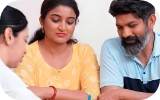 Infertility Counselling
Infertility Counselling Female Infertility Treatment
Female Infertility Treatment Andrology Treatment
Andrology Treatment Fertility Enhancing Surgeries - Female
Fertility Enhancing Surgeries - Female Fertility Enhancing Surgeries - Male
Fertility Enhancing Surgeries - Male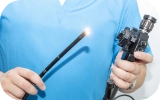 Endoscopy Treatment
Endoscopy Treatment IUI Treatment
IUI Treatment IVF Treatment
IVF Treatment ICSI Treatment
ICSI Treatment Embryology
Embryology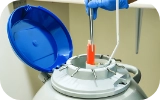 Vitrification Egg, Embryo, Sperm Freezing
Vitrification Egg, Embryo, Sperm Freezing Preimplantation Genetic Testing (PGT)
Preimplantation Genetic Testing (PGT) Donation Program Embryo / Egg / Sperm
Donation Program Embryo / Egg / Sperm




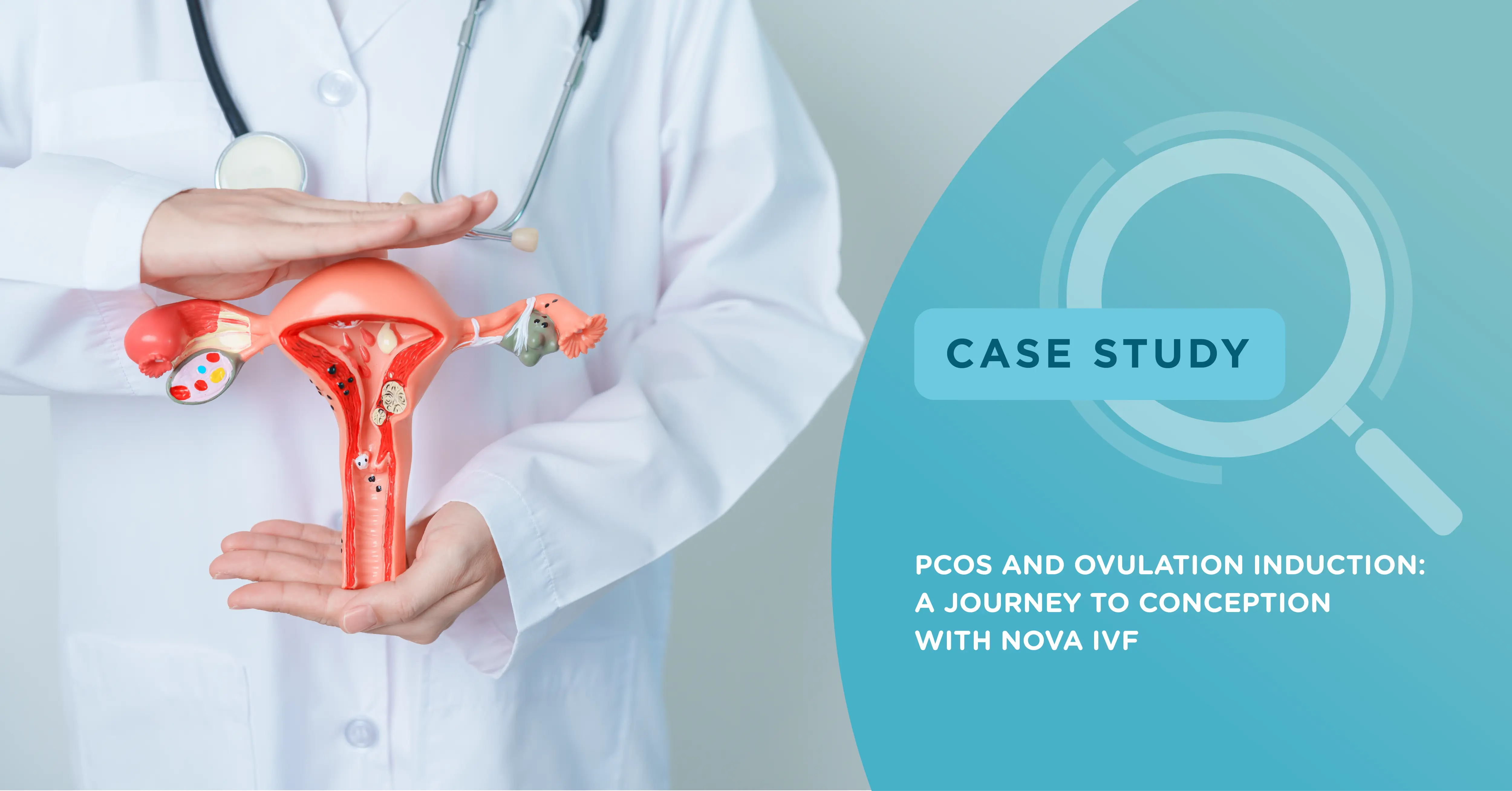

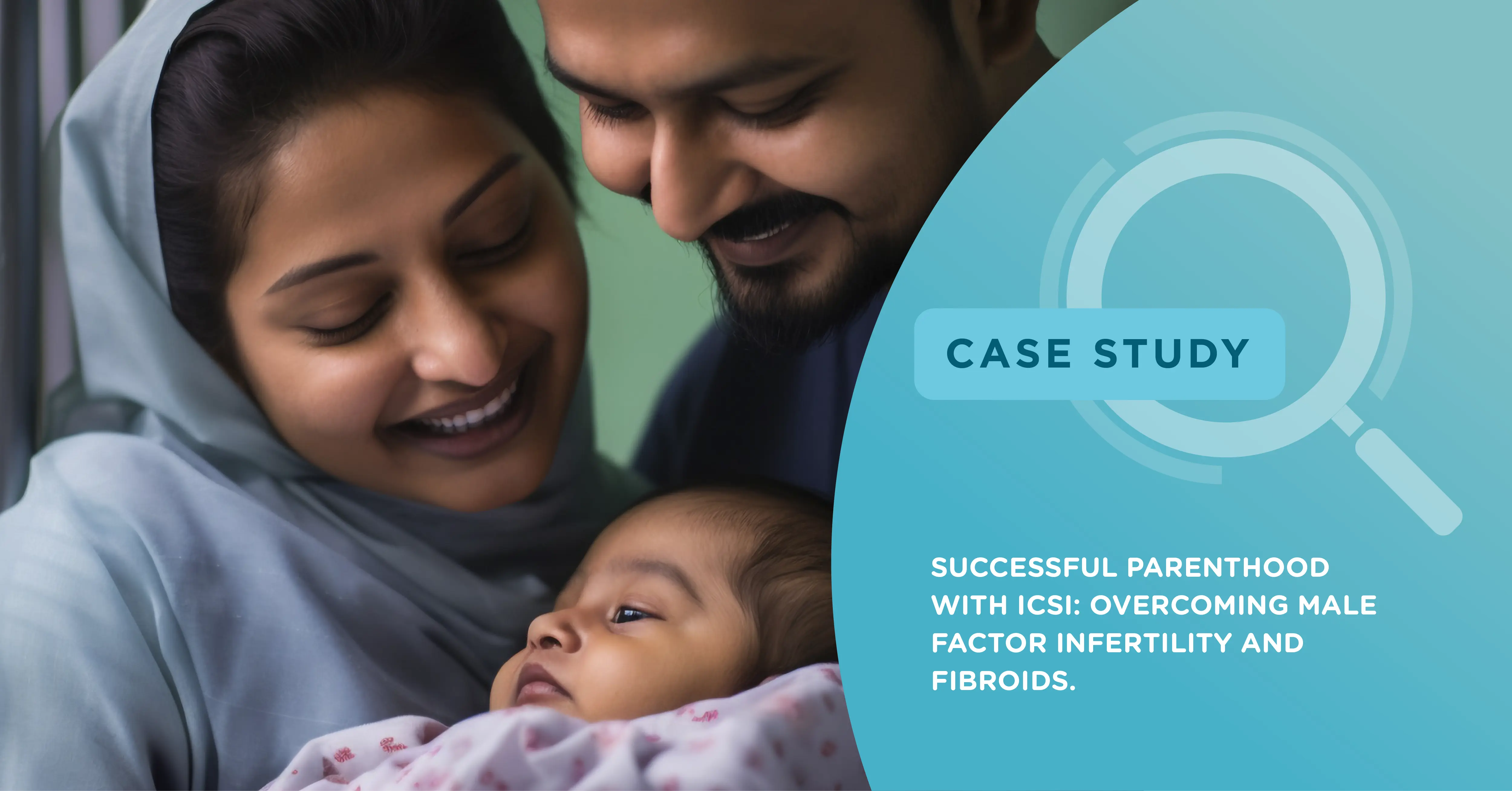
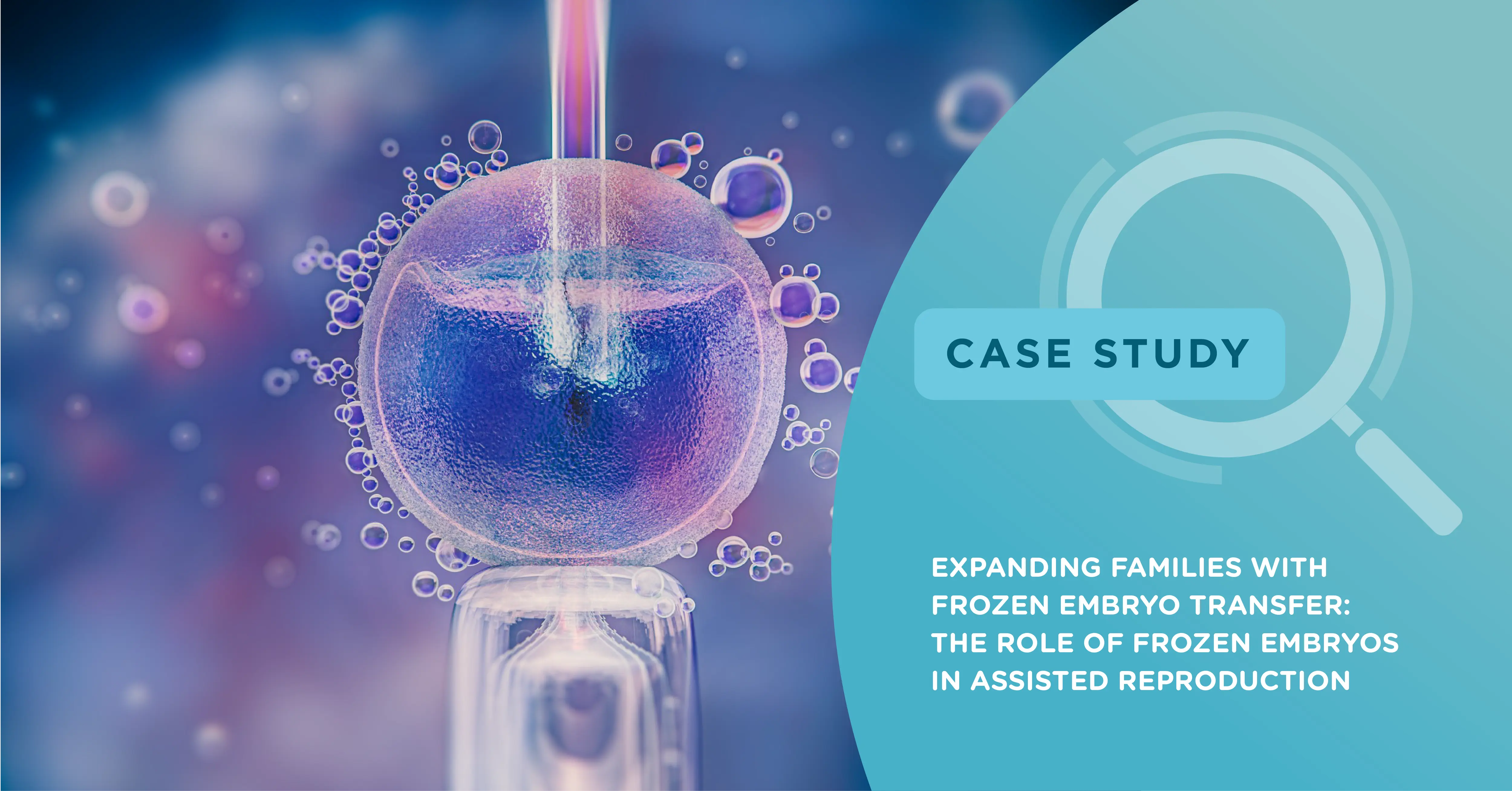

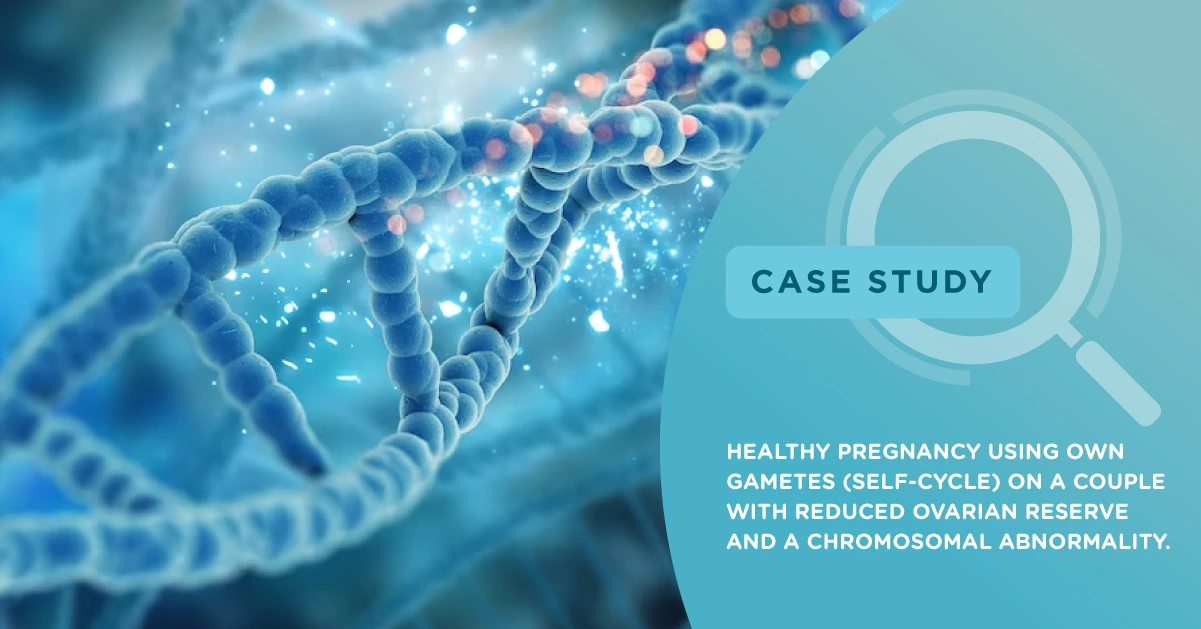
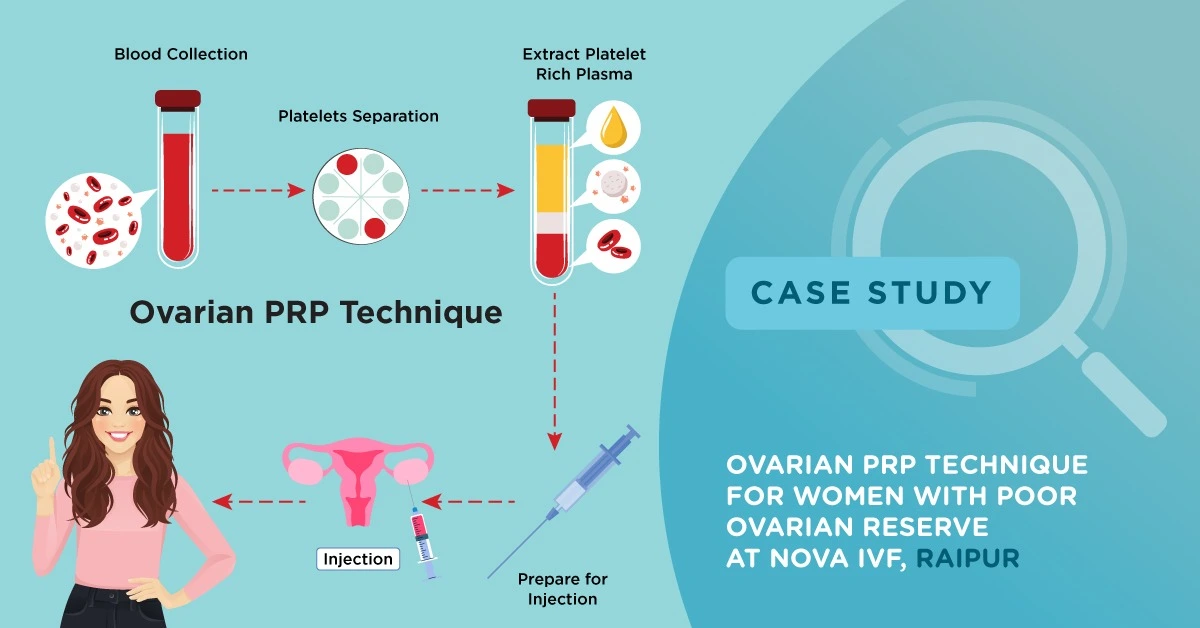



Add new comment